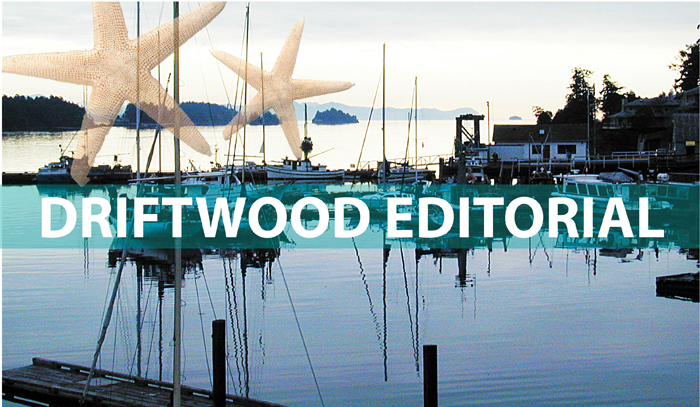With our community of strong opinions, any project on Salt Spring is bound to face its naysayers.
The recent deal between School District 64 and the Salt Spring Youth Soccer Association to partner on an artificial turf field might seem beyond controversy. According to a feasibility study, the $2.5-million construction project at Gulf Islands Secondary School would be funded by the soccer club at no cost to the district, and would in fact save SD64 $13,000 per year on watering and maintenance costs, even with the district putting aside a share for the field’s eventual replacement.
Having one field open year-round would increase outdoor playing and practice time considerably, avoiding the interminable field closures that coincide exactly with youth soccer’s fall-through-spring season. It would benefit GISS students during the daytime, and open up gym space during the winter to other user groups.
Everything has its price, however, and even the best deal may have unintended side effects. Islanders are voicing opposition based on environmental grounds, as they point to the plastic field’s 12-year maximum lifespan and unproven recycling options.
The unintentional release of microplastics into the ocean is another serious consideration. A Dutch study found that a single artificial turf field can send 70 kg of infill granules per year into nearby water systems.
KIMO, an international association of coastal municipalities that was founded in Denmark, has launched its Pitch In campaign specifically aimed at reducing this microplastic release. Suggestions include using environmentally friendly infill materials that reduce microplastic pollution, installing perimeter barriers, exit grates and other physical infrastructure, and ensuring infill is not lost to surface water drains that drain into watercourses.
The infill material recommended for Salt Spring’s artificial turf field is a less toxic option than recycled rubber tires called TPE. The feasibility report says there is less static cling, so infill is less likely to stick to players’ clothing and shoes.
If SD64 would like to continue its partnership with SSYSA, it should ask for a full environmental impact study by a qualified professional that addresses infill and where exactly the field surface can be recycled, at what cost.
Doing a study may cost more in the short term, but having the best information going forward can only benefit in the long run.


So an upgrade that cost $2.5 million will save $13000……so it will take 192 years to make the savings break even.
And it only has a 12 year maximum lifespan!